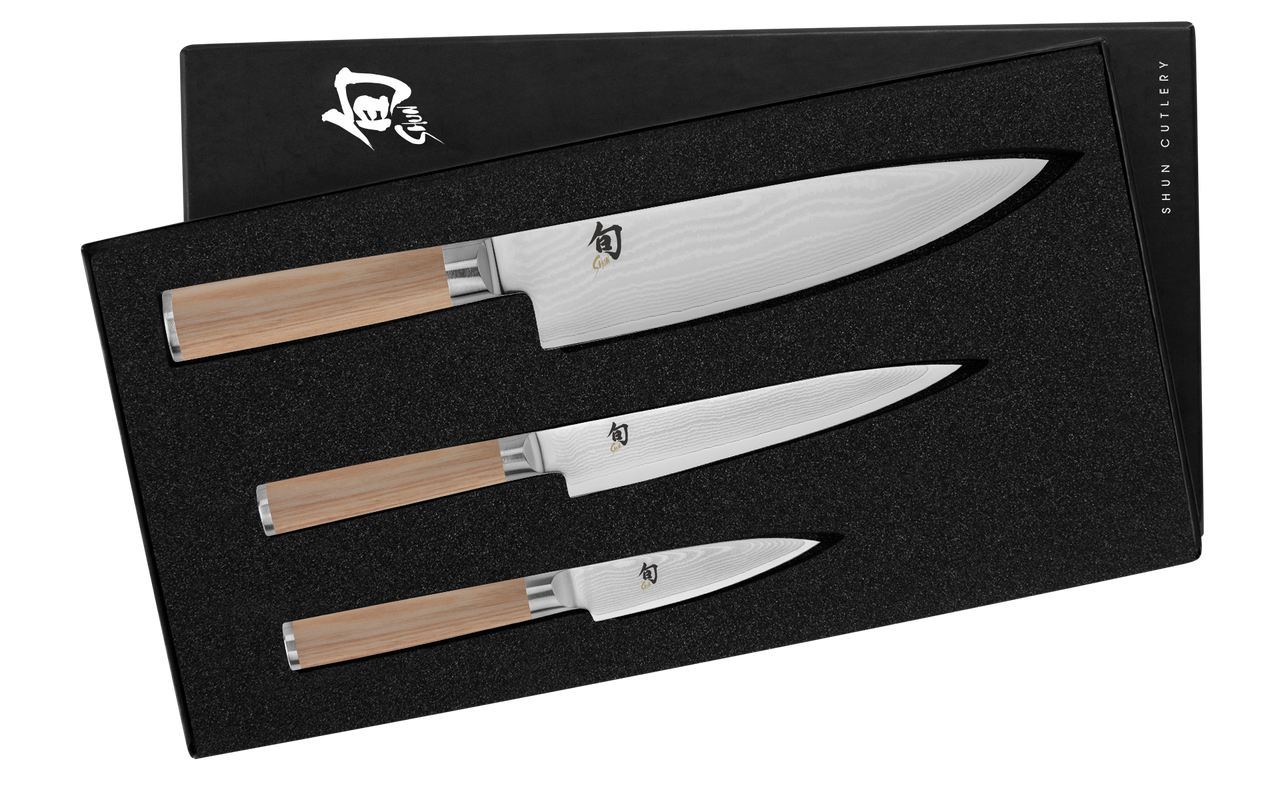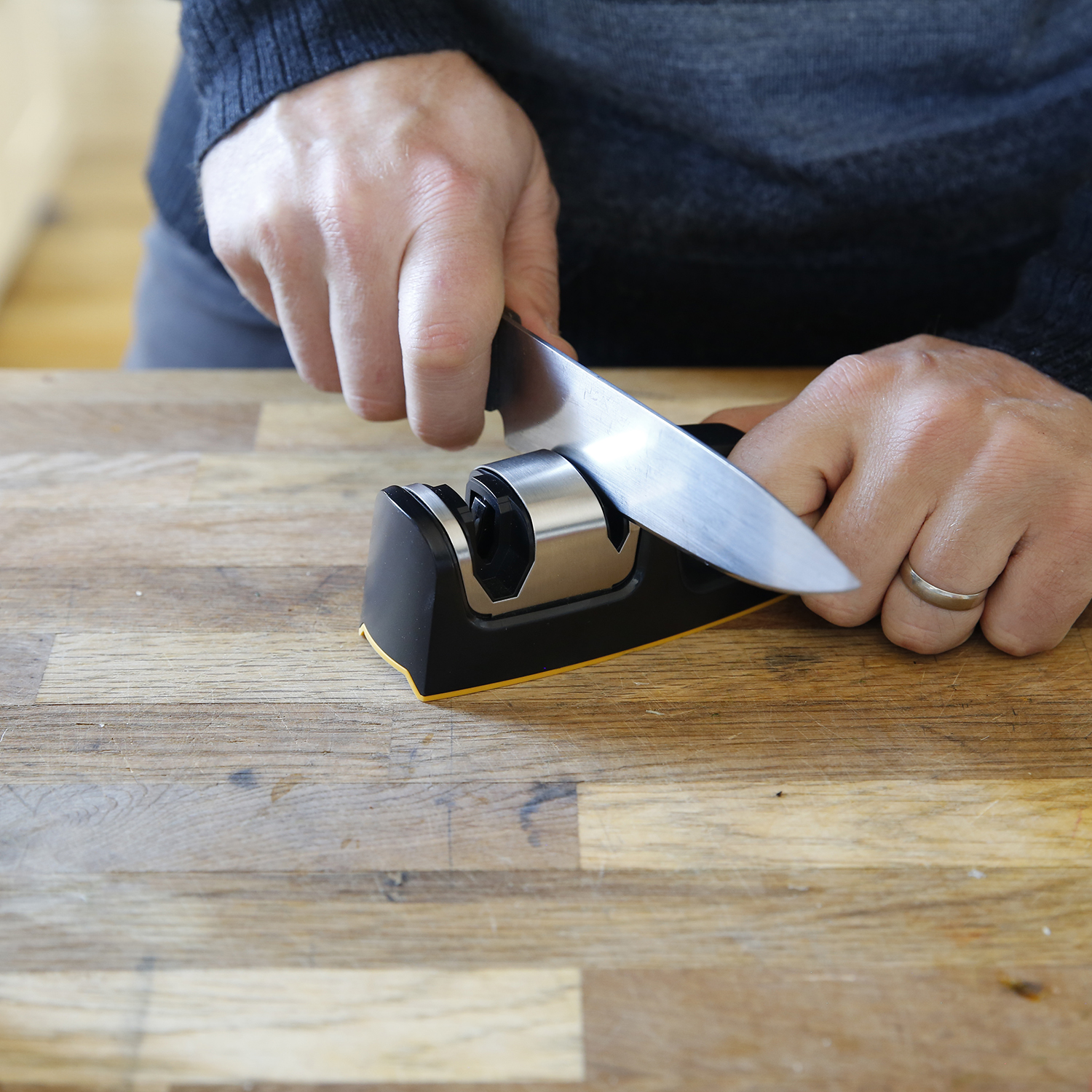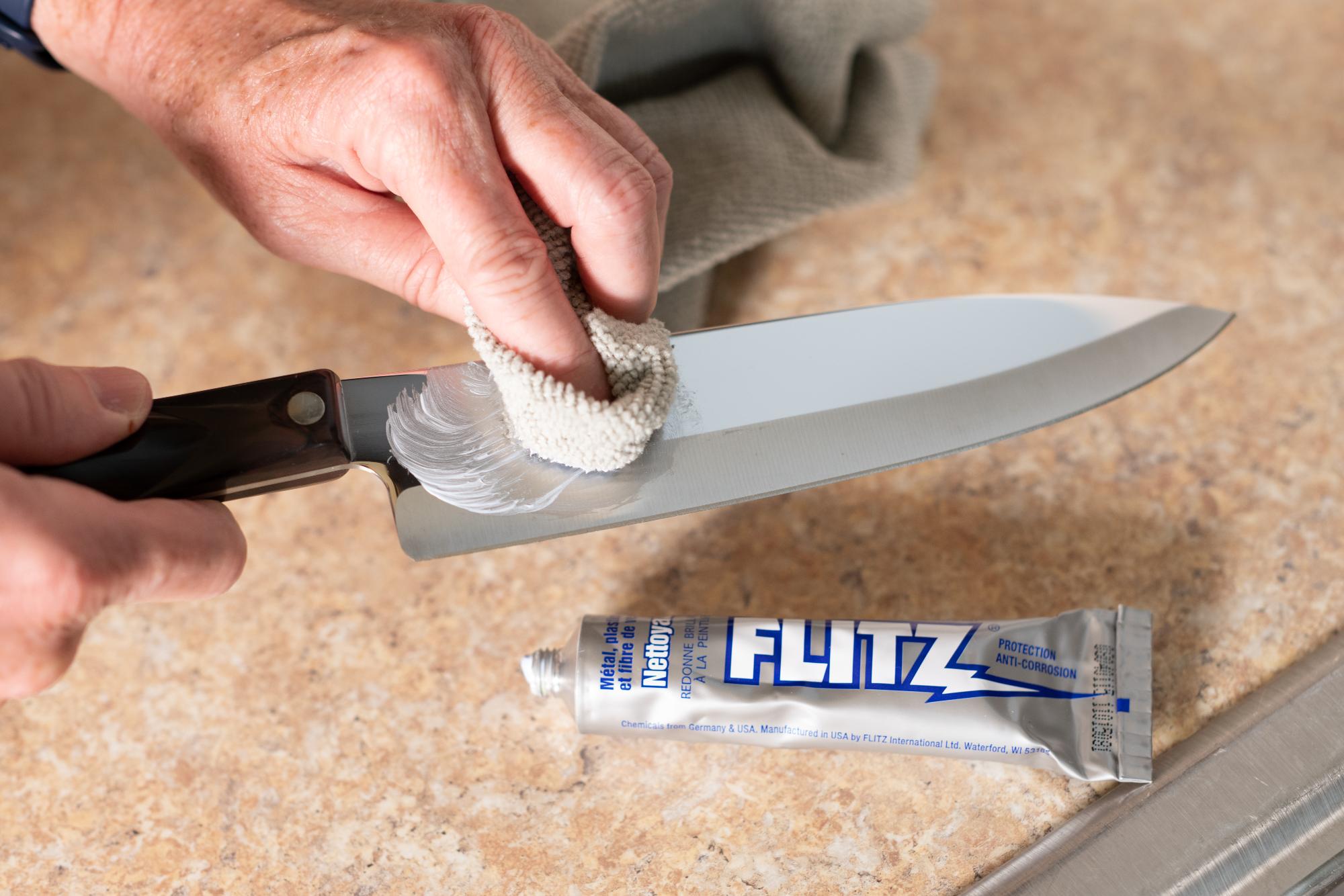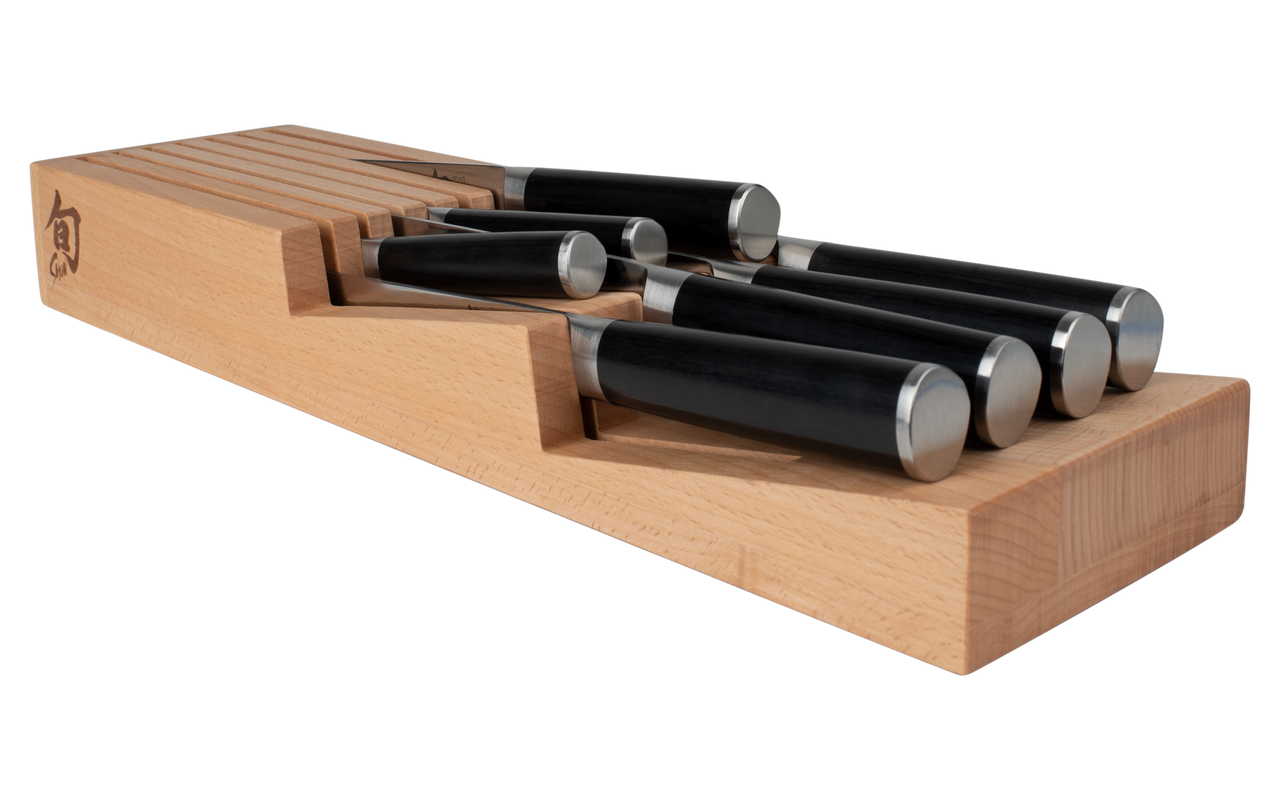Never A Dull Moment
Posted by Knifeworks HQ on 2nd Aug 2023
It never seems to fail: The hottest spot to hang out during any party is the kitchen. It’s the one place, apparently, where there’s never a dull moment.
We can’t speak for your parties, but we do know this: It’s essential to avoid dull moments in your kitchen when working with knives.
Dull knives are considerably more dangerous to use than those with sharp edges. The reason: A dull blade requires more pressure to cut, increasing the likelihood that it will slip—and penetrate your skin with greater force. Knife injuries sustained in the kitchen are no small thing: The U.S. Consumer Product Safety Commission reports that every year more than 320,000 people land in emergency rooms because of knife accidents in the kitchen.
Never have another dull moment in the kitchen by following these 5 crucial Kitchen Knife Maintenance Tips from the experts at Knifeworks, one of the largest online knife stores offering a wide selection of kitchen knives.
STEP 1: INVEST WISELY
Quality kitchen knives are an investment—a particularly worthwhile one given their importance. Every knife is sharp from the start, but only those featuring quality materials will last. A quality knife is well-balanced in your hand with a carbon or carbon and stainless steel blade running all the way through the handle for strength and stability.
They will provide decades of excellent service, so long as you maintain the blades. Most important: Don’t use your kitchen knives on anything other than food. That includes using them to open boxes and other packaging—even if those boxes or packaging contain food. Keep a pair of kitchen shears at the ready for those tasks.
STEP 2: MAINTAIN THE BLADE
Cheaply made knives lose their edge quickly. But even quality kitchen knives will dull over time through use. Honing and sharpening keep them safe and ready for use. Honing refers to straightening a blade’s edge. Sharpening, by contrast, involves shaving the edge to keep it sharp. Over-sharpening or sharpening too often will unnecessarily wear down a blade, making it more difficult to hold an edge. Most knife companies will sharpen for you if sent in based on their warranty.
STEP 3: ALL A BOARD
Wooden and plastic cutting boards have give, meaning they won’t dull a knife blade as quickly as a hard surface, such as ceramic or stone countertops. Protect the blade by always using a cutting board.
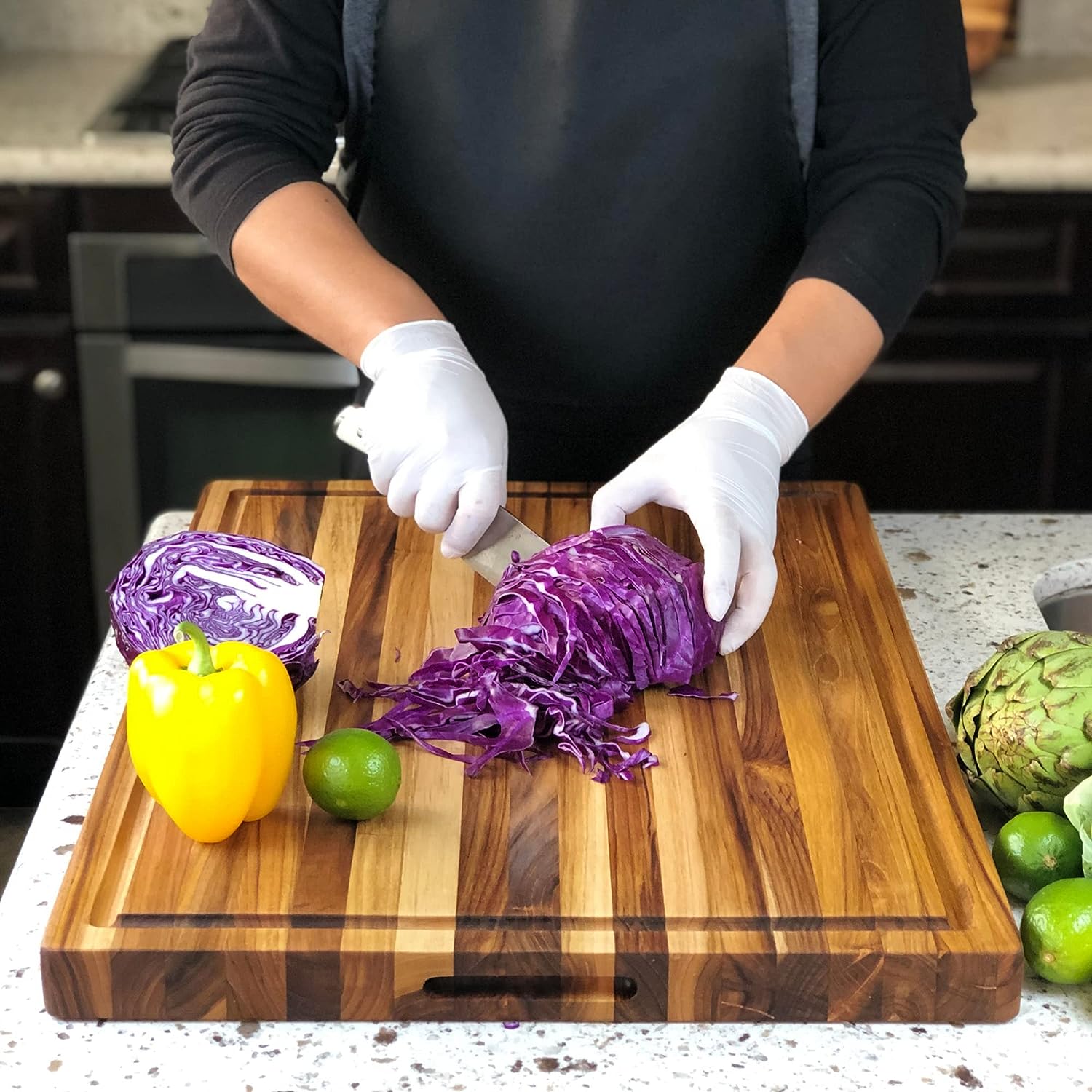
STEP 4: CLEAN WITH CARE
Kitchen knives come with a special coating to preserve the integrity of the blade. Once compromised the metal will begin to deteriorate. To avoid that, wipe the blade during use (some foods can damage the finish if left to sit on it) and avoid scrubbing and soaking your knives. Also to avoid: the dishwasher. The high heat and long wash cycle are all but guaranteed to damage your knives. To preserve your knives, handwash immediately after use in warm soapy water, rinse and thoroughly dry using a soft, absorbent towel.
STEP 5: STORE DON’T DRAWER
Knocking around in a drawer is a quick way to damage a knife. Protect yours by storing them in one of three ways: in a sheath or case, in a knife block or on a magnetic knife strip. As noted, knives always should be clean and fully dry before storage.
Never have a dull moment in your kitchen by following these 5 Kitchen Knife Maintenance Tips.
Knifeworks, included in America’s Fastest Growing Online Shops for 2022, offers one of the best selections of quality kitchen knives and accessories around in its online knife store. Have questions? Talk to one of our experts.
888-225-9775 Help@Knifeworks.com


